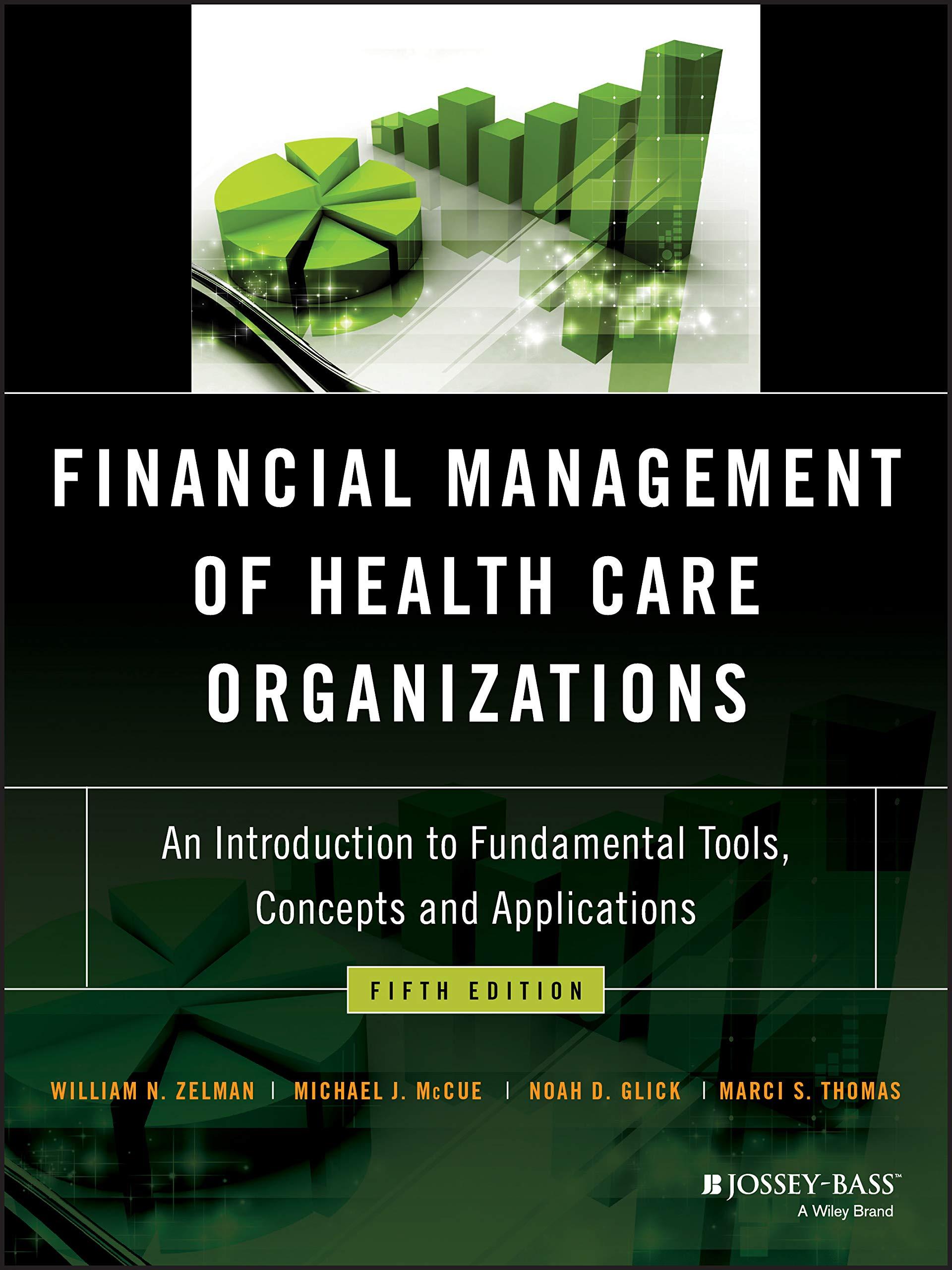Question
1. Different borrowers have different risks of bankruptcy, and if a borrower goes bankrupt, its lenders will probably not get back the full amount of
1. Different borrowers have different risks of bankruptcy, and if a borrower goes bankrupt, its lenders will probably not get back the full amount of funds that they loaned. Therefore, lenders charge higher rates to borrowers judged to be more likely to go bankrupt. *
True
False
2.Extending the lives of projects with different lives out to a common life for comparison purposes, while theoretically appealing, is valid only if there is a reasonably high probability that the projects will actually be repeated out beyond their initial lives. *
True
False
3. If debt is to be used to finance a project, then when cash flows for a project are estimated, interest payments should be included in the analysis. *
True
False
4. A firm that bases its capital budgeting decisions on either NPV or IRR will be more likely to accept a given project if it uses accelerated depreciation than if it uses straight-line depreciation, other things being equal. *
True
False
5. Provided a firm does not use an extreme amount of debt, operating leverage typically affects only EPS, while financial leverage affects both EPS and EBIT. *
True
False
Step by Step Solution
There are 3 Steps involved in it
Step: 1

Get Instant Access to Expert-Tailored Solutions
See step-by-step solutions with expert insights and AI powered tools for academic success
Step: 2

Step: 3

Ace Your Homework with AI
Get the answers you need in no time with our AI-driven, step-by-step assistance
Get Started


